Facing the Shadows
As the nights lengthen and October folds into its darker half, the air feels charged, ancient, symbolic, and full of mystery. Halloween, or Samhain in the old Celtic calendar, marks the turning of the year toward shadow. Traditionally, it was seen as the time when the veil between worlds thins, when the living can sense the presence of what’s hidden, ancestral, or unseen. From a psychological and spiritual perspective, Halloween isn’t just about costumes or fright; it’s an invitation to face what we usually avoid, our fears, our mortality, and the hidden parts of our psyche that long to be acknowledged.
The Masks We Wear
In therapy, we often meet the same energies that Halloween symbolises, the things we fear to look at directly. We all wear masks: the competent professional, the calm parent, the endlessly resilient one. But beneath them, there are emotions and truths we keep in the dark because they feel too painful, too messy, or too unknown. Carl Jung called these hidden aspects the shadow, not evil or pathological, but simply the parts of the self that have been rejected or forgotten. Halloween, then, can be seen as a collective ritual of shadow work, a playful, even sacred, dance with the dark.
The Sacred Role of Darkness
In our culture, light is often equated with goodness, and darkness with danger. Yet in many spiritual traditions, the dark is also fertile, the soil in which transformation grows. Seeds germinate in darkness. So do new insights, identities, and ways of being. From a psycho-spiritual viewpoint, Halloween reminds us that the 'dark night' isn’t something to be feared, it’s part of every human journey. Therapy itself is a process of descending into the unknown, into grief, trauma, and buried emotion — not to stay there, but to find truth and renewal on the other side.
Death, Renewal, and the Seasons of the Psyche
As autumn decays into winter, nature demonstrates the wisdom of letting go. Leaves fall. Light fades. Life returns to the ground. In the same way, we’re asked to release outdated roles, beliefs, or identities that no longer serve us. The symbolic death that Halloween represents is a mirror of psychological change. Each ending in our lives, relationships, chapters, ways of being, is a kind of small death that allows for something new to emerge. The ego resists it, but the soul understands it as renewal.
Practical Reflections for This Season
You might take a few moments as we approach Halloween to sit in quiet reflection and ask:
• What am I afraid to face right now?
• What emotions or truths have I kept buried?
• What old identity or story is ready to die?
• What new energy or awareness might want to be born?
Simply bringing curiosity and compassion to these questions can open the same doorway Halloween symbolises — the threshold between the known and the mysterious.
Therapy as Modern Ritual
Therapy, in many ways, is a modern ritual of Samhain. Each session invites us to enter the underworld of our own stories, to meet the ghosts of the past not as enemies, but as messengers. In that space, fear becomes information; grief becomes wisdom; confusion becomes clarity. The goal isn’t to eliminate the shadow but to integrate it — to make peace with the darker parts of ourselves so that we can live with more wholeness, compassion, and truth.
“When we make friends with the dark, the light no longer feels so fragile.”
Closing Reflection
Halloween reminds us that darkness is not the opposite of light, but its teacher. As the year wanes and the shadows lengthen, may we find courage, not to chase the light, but to trust what is unfolding in the dark. There, the seeds of transformation are already waiting.
As Rumi wrote: “Don’t worry if you feel lost in the dark. The moon is there to remind you not to fear the night.”

